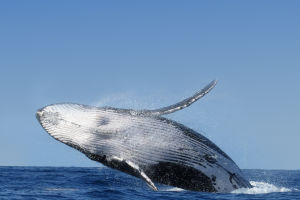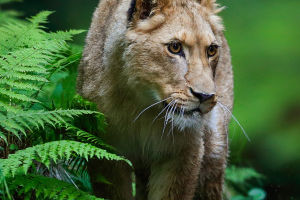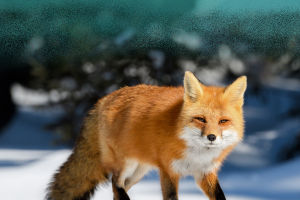Snow leopards are mainly distributed in Central Asia, where the air is thin and high mountains. Such as the Himalayas, the Qinghai-Tibet Plateau, the Tianshan Mountains, and the Gobi Desert, etc...
They usually move between 3,000m and 4,500m above sea level and also exceed 5,500m. When crossing river valleys or the following prey in winter, it is possible to descend to low altitudes of 900m.
The snow leopard's living range is very wide, and it takes about one or two hundred square kilometers to walk around, and the male snow leopard's home is relatively large.
They travel great distances every day and can step on the edge of cliffs, pass large deserts, or traverse rugged and steep mountains with ease.
Snow leopards are nocturnal, nocturnal, and their predation and activity peak in the early morning and evening. Its actions are agile and alert, its movements are flexible, and it is good at jumping.
It can jump down a cliff of 3 to 4 meters. Rarely come out during the day, and sometimes lie on the bare rock in the mountains to bask in the sun. It has a certain route up and down the mountain.
It likes to walk along the ridges and valleys and often walks along the footpaths. Snow leopards change their fur once a year.
Snow leopards usually live alone, and only live in pairs before and after the estrus period. Generally, they have fixed nests, which are located in rock caves, rock recesses, rock crevices, or bushes under rocks, mostly on sunny slopes.
They do not leave a den for several years, and there are often many snow leopards shedding body hair in the den. When hunting, they also use bushes or rocks as temporary resting places.
Because the whereabouts of snow leopards are elusive and difficult to be found, they are called Ghost of the Mountains. It is a blessing to be able to see them with your own eyes.
In such an environment, studying snow leopards naturally becomes a difficult task. What do snow leopards eat? What do people know about them?
Collecting poop and setting up sensor cameras are common methods used to study snow leopards. Poop can help people understand what animals eat, where they visit, how much living space they need, and who their neighbors are.
Therefore, to study the snow leopard, try to pick up its poo! Snow leopards like to scratch and spray with their claws on ridges, narrow ditches, rocks, and cliffs. Shit pickers usually look for poop near these locations, and they can also develop slash skills to become extreme sports players.
After collecting the poop, it must be dried first, and then sent to the laboratory for DNA testing or checked by a professional poop-sniffing dog to confirm that the poop is from a snow leopard.
Because the snow leopard's poop is very similar to the appearance of foxes and wolves, even a professional poop picker has more than a one-third chance of making a mistake, so it needs the help of a poop-sniffing dog or a laboratory.
Early molecular technology is not very advanced, or analysis is done directly after collection, so some information may be miscalculated.
Every October 23rd is World Snow Leopard Day, also known as Global Snow Leopard Day. Snow leopards are very beautiful cats with thick, fluffy, grey-white fur with black markings and thick, long tails.
If cats are the representatives of high value in the animal world, and snow leopards are the representatives of the class in cats, no matter where they are, as long as there is a snow leopard, it is a star species.
In zoos, snow leopards are not as common as tigers and lions. Many low-altitude zoos do not have the conditions to raise snow leopards, so people know relatively little about snow leopards.


